If you frequent brewpubs, you’ve most likely heard of the term “beer flight". However, if you’re…
What Does Stout Mean in Beer?

While we embrace stout as a style of beer today, originally, stout was just and adjective describing the beer. In theory you could have had a stout pale ale. So what does stout mean in beer? Originally, stout was the descriptor of a stronger porter. It’s the same beer, just different abv’s. Extra Superior Porter was the original name of Guiness Extra Stout. But that was then, this is now.
Stout is its own thing now. The craft beer explosion has championed stout as a style. The barrel aged variety are often fetching ridiculous prices on the secondary market. Beer:Barrel:Time’s Rye Barrel aged stout commands as high as $1000. The stouts of today are chewy, indulgent and not meant for pounding.
History of Stout Beer
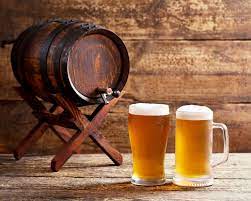
In 1700 and 1800’s, there were no beer styles. Regional variations, not styles marked the times. Lagers, pale ales, porters and stouts were not a thing. Beers were sold under 2 names, mild or stale. Mild was young beer that was still sweet, plenty of body and cheap. This was served breakfast, lunch and dinner.
Stale was aged beer. This was more expensive and more fermented. During this period of history no one knew what yeast was. Beer was spontaneously fermented with the natural yeasts and micro-flora in the air. As the beer got older these micra-flora would eat away at the sugars in the beer adding a bit of earthiness, tartness and depth to the beer. So beers could be served mild, stale or a blend of the 2.
In the 1800’s you couldn’t put anything in your beer that wasn’t taxed. All the malts were taxed. Brewers wanting to use different ingredients like sugar, were out of luck. Brewers had to rely on taxed the ingredients. If a brewer wanted to influence color; to make it darker, the brewer would roast the malt to achieve darker color. Roasting malt for color results in lower sugars available in the malts. Porters at the time were all made with brown malt. Brown malt doesn’t have much usefulness today. It was not an efficient malt to brew. Brewers began to recognize pale malts had more sugars. The consequence, is no dark malt. no dark porter. Brewers began to blend the pale malts with the darker malts.
The Dawn of Stout as a Style

In Ireland, brewers didn’t want to spend the extra money for brown malt and instead relied only on black malt and pale malt, leading to the new style of Irish Dry Stout; ex. Guinness. So Irish Dry Stouts got dryer, darker and roastier while porters remained fruitier with more body.
The end of1800’s saw the laws change and brewers could add more ingredients to their beer. Today we have adjunct beers that have everything you can imagine. There are stouts with birthday cake and porters with peanut butter and jelly.
Stout Beer Tasting Notes
Stouts in theory are super roasty. Dryer. you should notice charred notes or roasted malt notes. They look almost identical, perhaps a tinge darker. Stouts, without adjuncts, are much less aromatic and the finish is much quicker. Cleaner finish.
Adjunct Stouts
Adjunct stouts are one of the most popular styles of beer. While they are built on traditional stout bases like oatmeal or milk stout, they deserve their own category due to the growing fascination and creativity present in adjunct stouts. They are labor intensive, expensive to make and downright delicious. They command a relatively hefty price, often ranging from $35-$80 market price. Some breweries see, fans standing in line for hours just to snag one of these indulgent brews. The roasty base of stouts is a perfect canvass to augment an array of decadent ingredients. Many adjuncts are also barrel-aged in anything from whisky to port barrels, adding another layer of complexity.
Pastry and Flavored Stouts
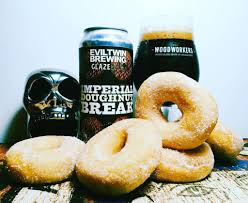
Pastry stouts include stouts made with some form of baking ingredients or dessert ingredients like cinnamon, vanilla, coconut and nutmeg and amplifying them. The definition includes any ingredient that is unfermentable.
Best Pastry and Flavored Stouts
Coffee Stouts
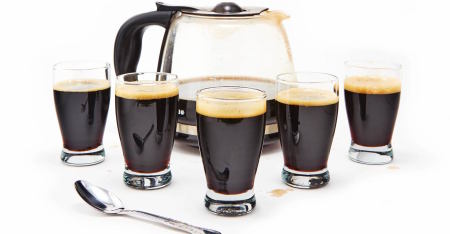
Technically, coffee stouts should fall under “flavored stouts” but as an ingredient, brewers are finding exciting ways to showcase it making it necessary to qualify it as its own style.
Best Coffee Stouts
Barrel-Aged Stout (non-adjunct)
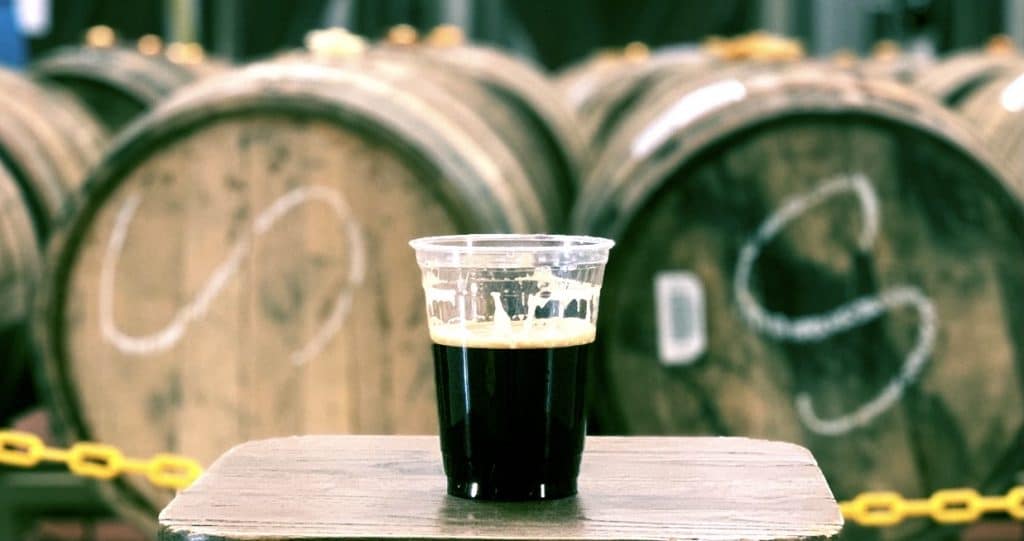
Barrel-aging beer has been a process of beer making for centuries. All manner of beer has been aged in barrels once brimming with spirits ranging from rum to whiskey and from wine to fernet. In the beginning, barrels were just a cheap way to transport. Today creative brewers carefully select the perfect wooden vessel and allow time to wring out every drop of complexity into carefully brewed beer. This process requires know-how. Though barrel-aged stouts and sours have become ubiquitous, it is the master brewers who use these vessels natural properties to enhance the flavor profiles while harnessing the maturing process of the beer.
The first intentional use of bourbon barrel-aged beer emerged from Greg Hall at Goose Island in 1992, when he filled his emptied Jim Beam barrels with his signature stout. He poured his experimental beer at GABF and had the festival buzzing with what has become one of the most significant contributions to the craft beer culture.
For the purists, adjuncts are taking beer away from tasting like beer. It takes real precision as a brewer to just rely on the beer and the barrel, like a master chef extracting flavor with only a handful of ingredients. Non-adjunct, barrel-aged stouts, when done well, are special and usually a much sought-after prize in the craft beer world.
Best Barrel-Aged Stouts (non-adjunct):
Barrel-Aged Stout (flavored)
This kicks things up a notch, by adding unique flavor adjuncts to the barrel process. The best brewers are able to pair these ingredients with the natural flavors of the barrel to create something quite special.
Best Barrel-Aged Stouts (flavored):
- Barrel-Aged Abraxas by Perennial
- Kentucky Brunch Brand Stout by Toppling Goliath
- Double Barrel Hunaphu by Cigar City
- Derivation by Side Project
Stout Beer – Conclusion
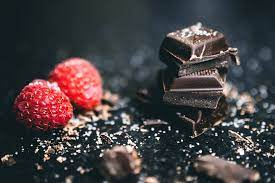
Modern stouts that are adjunct free, with no barrel aging, taste of roast coffee and hints of burnt toast. They are dry with a quick finish.
Notes of chocolate, red fruits and less roast frame the landscape of modern porters. Notes of milk chocolate, red fruits and less roast frame the landscape of modern porters. Modern porters is thinner and the finish is longer.
Brewers pitch cultured yeast to achieve old style funk. Pitching brettanomyces and other micra-flora gives the porter depth of flavor.
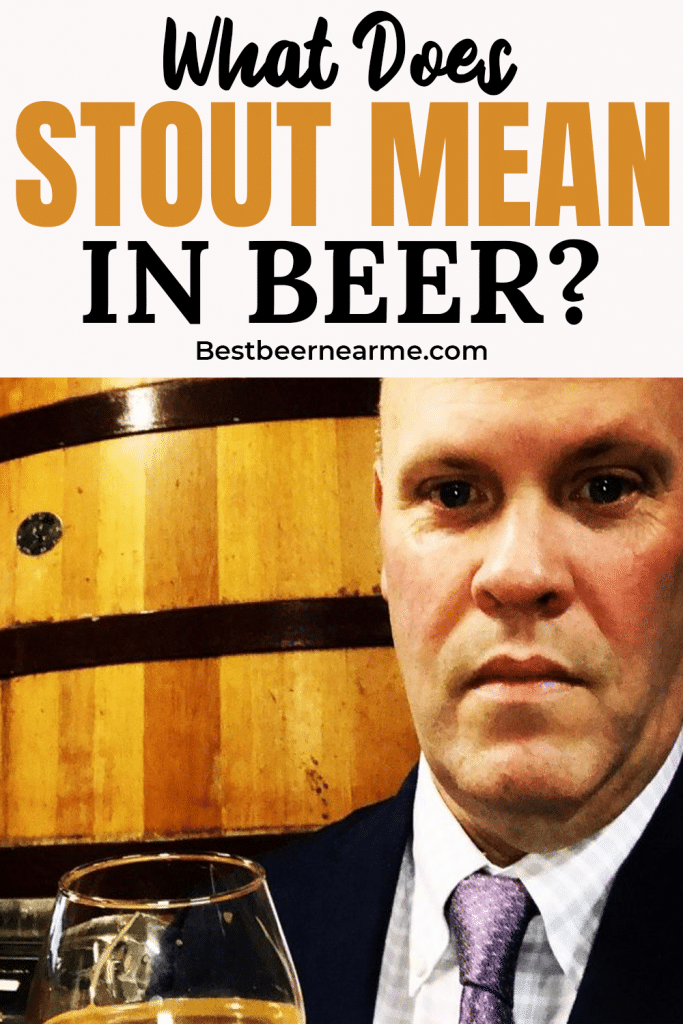

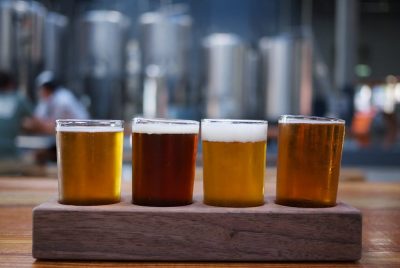
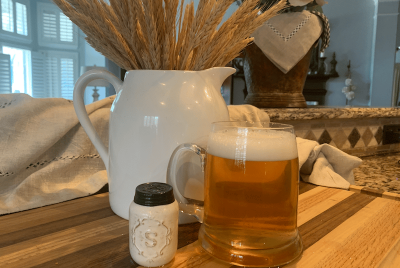

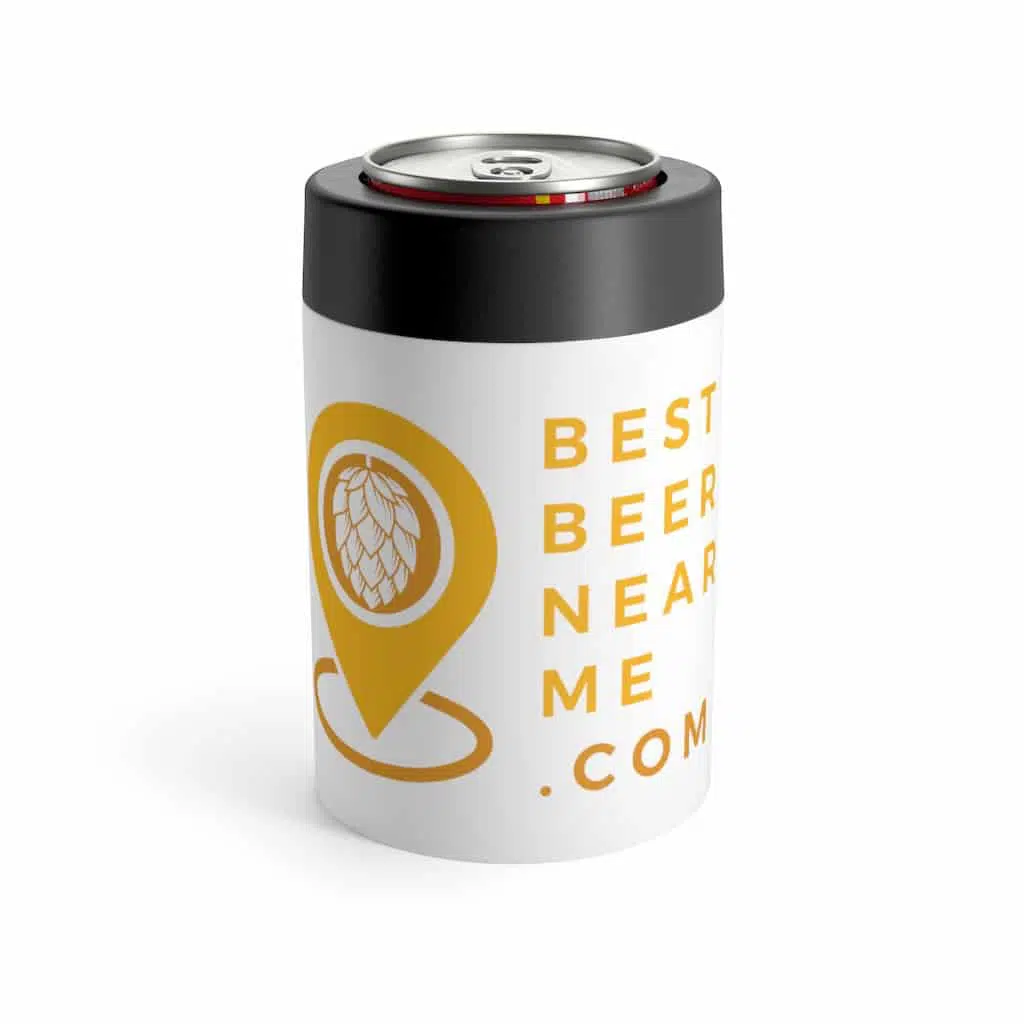

This Post Has 0 Comments